There’s a lot to love about Sea of Thieves, and that’s coming from someone who doesn’t readily seek out multiplayer games. The human factor’s a significant part of this, like the way an opposing team will assume you went down with your ship and then act surprised when you sneak on board theirs and start hurling bombs around. Watching players frantically rush back to their vessel after you murder the one person they left on guard never, ever gets old. But what really makes Sea of Thieves shine is how well its map mechanic works.
It’s a given that, in a game about pirates, you have to roam the open oceans, but far too many open-world titles focus on the destination and forget about the journey. Fallout 76, for example, shoves a glowing quest marker in your face, pushing you towards your target. There’s no need to consult the in-game map, no need to do anything than bolt off towards the marker. If you do hit an obstacle, you run around (or over) it, eyes fixed on that overly helpful arrow.
Sea of Thieves, on the other hand, makes the use of maps fulfilling and meaningful in equal measure. Short of a few hard-to-come-by compasses, which are too specialized to be of general use, there’s no screen indicator in Sea of Thieves. So consulting a map is an important part of finding your way through the world, whether you’re sailing a ship or hunting for treasure. But you’ll never resent their use; instead, they elevate the whole pirate experience.
There are two types of maps you’ll encounter playing Sea of Thieves, in adventure mode at least. There’s the world map, which shows the ocean and its many islands, and roll-up maps that cover specific islands. But instead of appearing in front of your eyes with a single button press, they have a physical presence in the world.
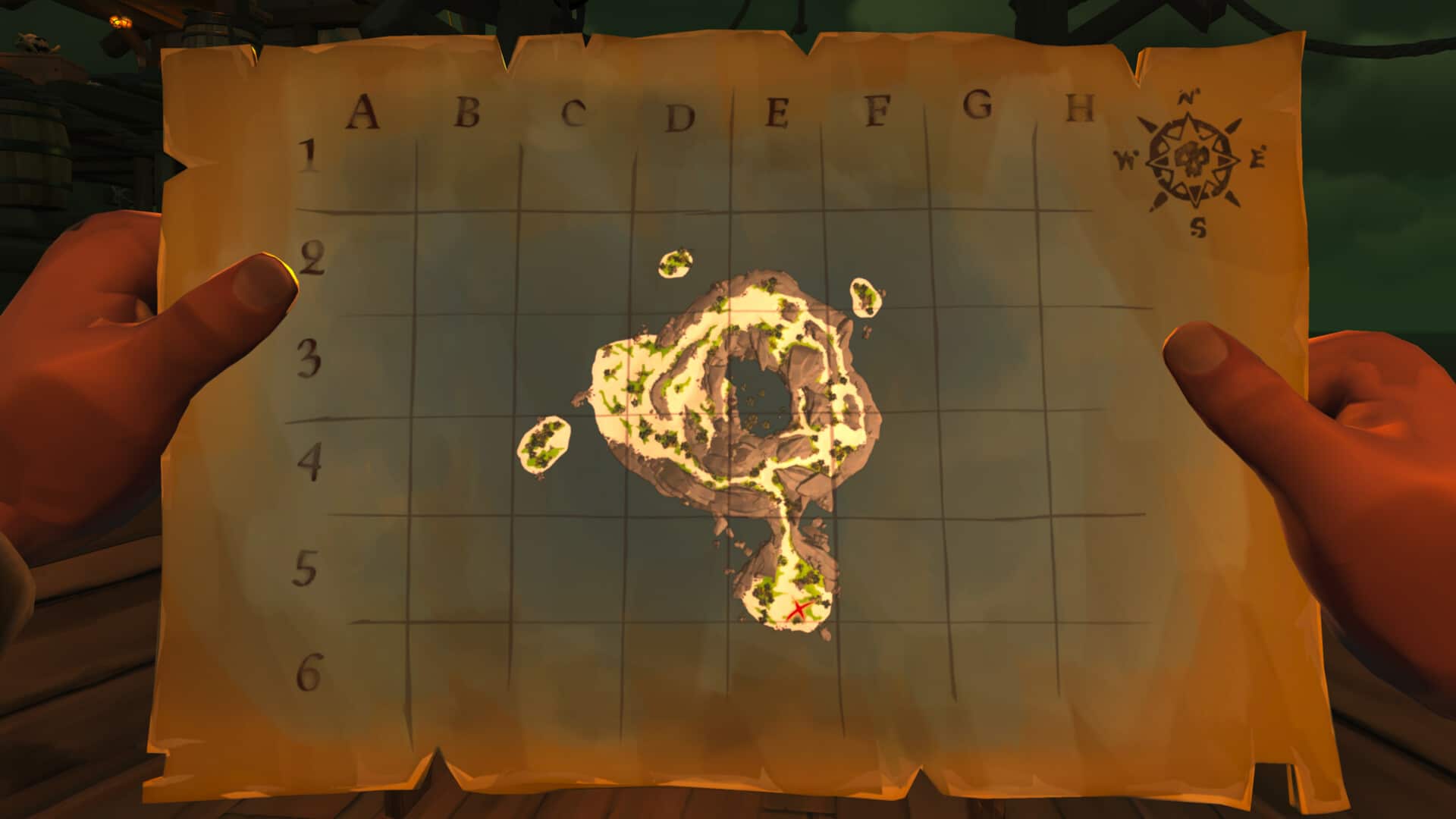
Take the world map, mounted on your map table. It does always show the current position of your vessel, but that’s a relatively minor concession compared to in other open-world games. But in order to consult it, you have to make the effort to step beneath decks to the map table and activate it. It’s a relatively small effort, but those few steps immerse you further in Sea of Thieves’ world. It makes you feel more like a “proper” pirate and also prevents you from taking that guidance for granted.
Yes, you’ll overshoot your destination, particularly when you’re getting to grips with raising and lowering your ship’s sails, even if you’ve got someone below decks passing information to the captain. But the fact you actually have to pay attention, particularly on return visits when you start using your telescope to spy familiar landmarks, makes for some engrossing journeys.
Treasure maps, while obviously more portable than a table, are also anchored to the physical world instead of being something you just summon into existence. Select a map from your inventory dial and it appears in your hands, but you have to hold down a button to unravel it. Sometimes your objective will helpfully be marked with an X; other times you have to follow the instructions on the map.
I lean towards solo treasure hunting, so I’ve managed to avoid heated arguments as to where I should dig. But even so, some of the simplest maps can be a puzzle as you try to reconcile their bird’s-eye view with your first-person perspective. As you roam the island, raising and lowering that yellowed scroll, you can almost feel the sand beneath your feet. The effort you put in makes it all the sweeter when, after digging up several handfuls of earthworms, you hear that hallowed “clang” as your shovel hits something solid. So far, so good — right up until the moment when raising that map results in your death.
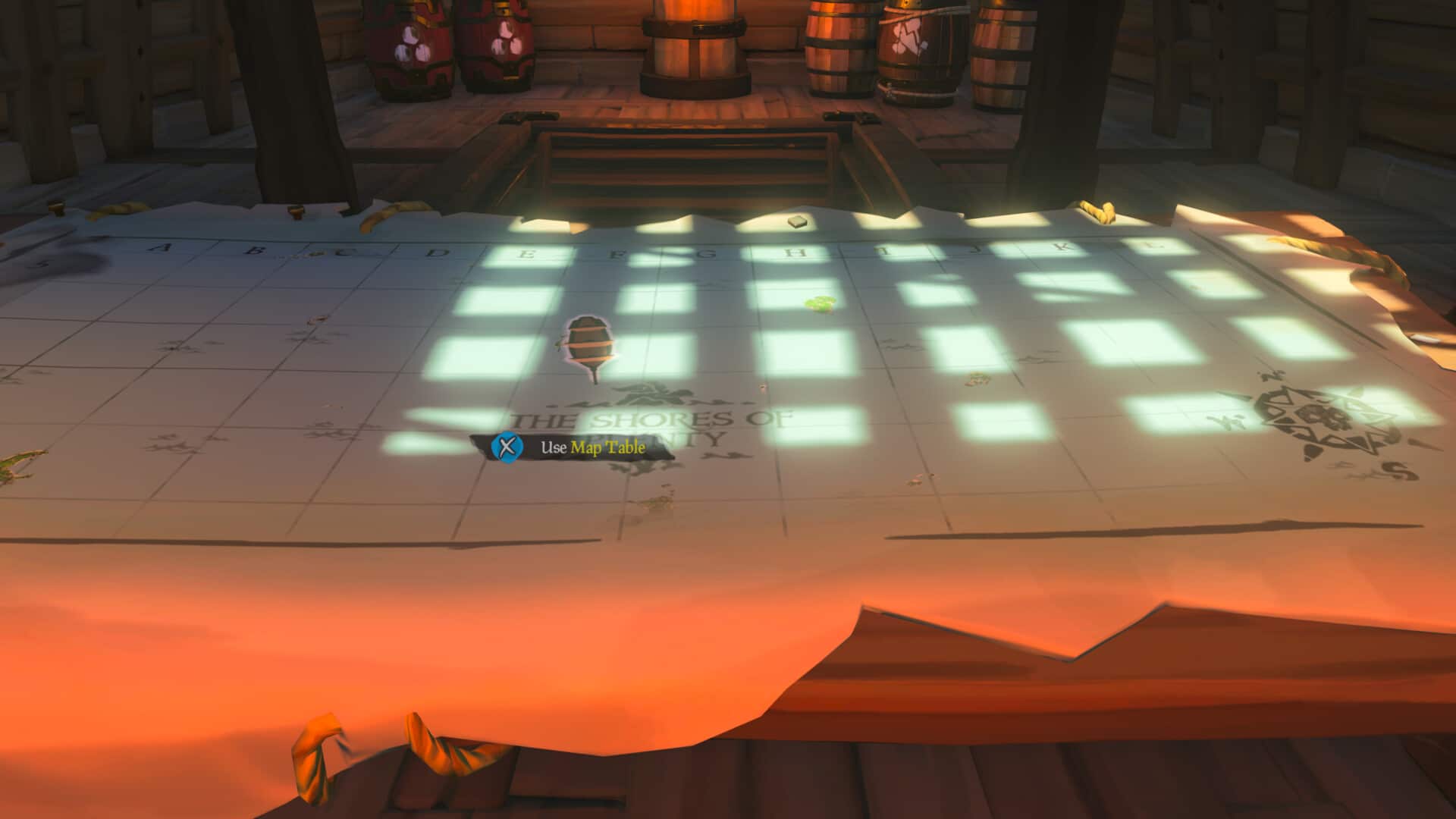
Because, while the physical element and the lack of hand-holding are hugely important, it’s the risk factor associated with Sea of Thieves’ map system that really seals the deal. There’s rarely a pause button in multiplayer games, so consulting a map for even a second makes you vulnerable. But by forcing you to interact with maps in-world instead of having them tattooed on the inside of your character’s eyeballs, Sea of Thieves extends that moment of vulnerability.
Sure, you’ve been lucky so far, but what if this is the time someone’s hiding behind a rock and, watching you slip into a temporary map coma, introduces you to the business end of their flintlock pistol? You’ve got a good chance of hearing a computer-controlled skeleton charge at you, but human players can be utterly quiet when they put their minds to it. Or what if, on a solo voyage, the moment you head below to use the map table is the moment a megalodon decides to sink its teeth into your vessel?
The chances of being waylaid while you’ve got your head in a map are relatively small, but that nagging sensation never goes away, sometimes to the point where you start asking yourself whether you really need another look at the map. Maybe you can remember roughly where you’re supposed to be going without the need to tempt fate. Part of me still craves a “hardcore” mode where, like the sailors of old, you have to navigate by the stars, but on reflection, I suspect it’d quickly lead to mutiny.
Ultimately, Sea of Thieves’ maps strike the perfect medium between leading you by the nose and leaving you to flounder in the ocean. Couple that with how seamlessly they’re woven into the game, never once wrenching you back to reality, and you’ve got a game that’s worth its weight in pirate gold.

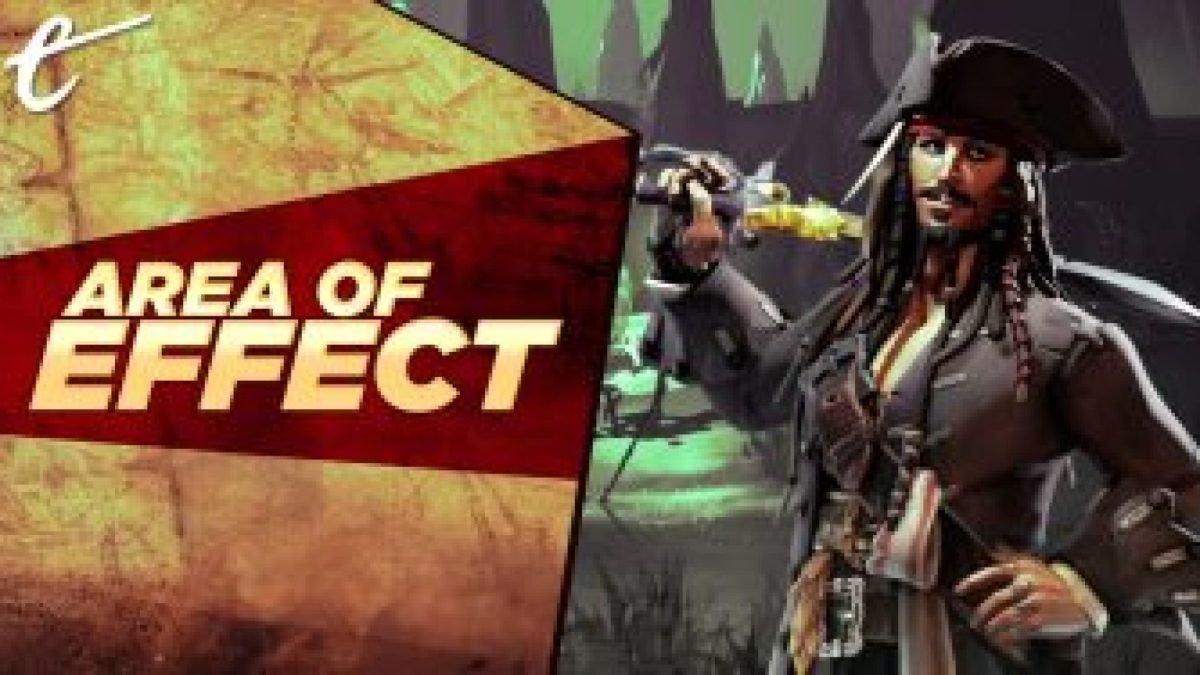
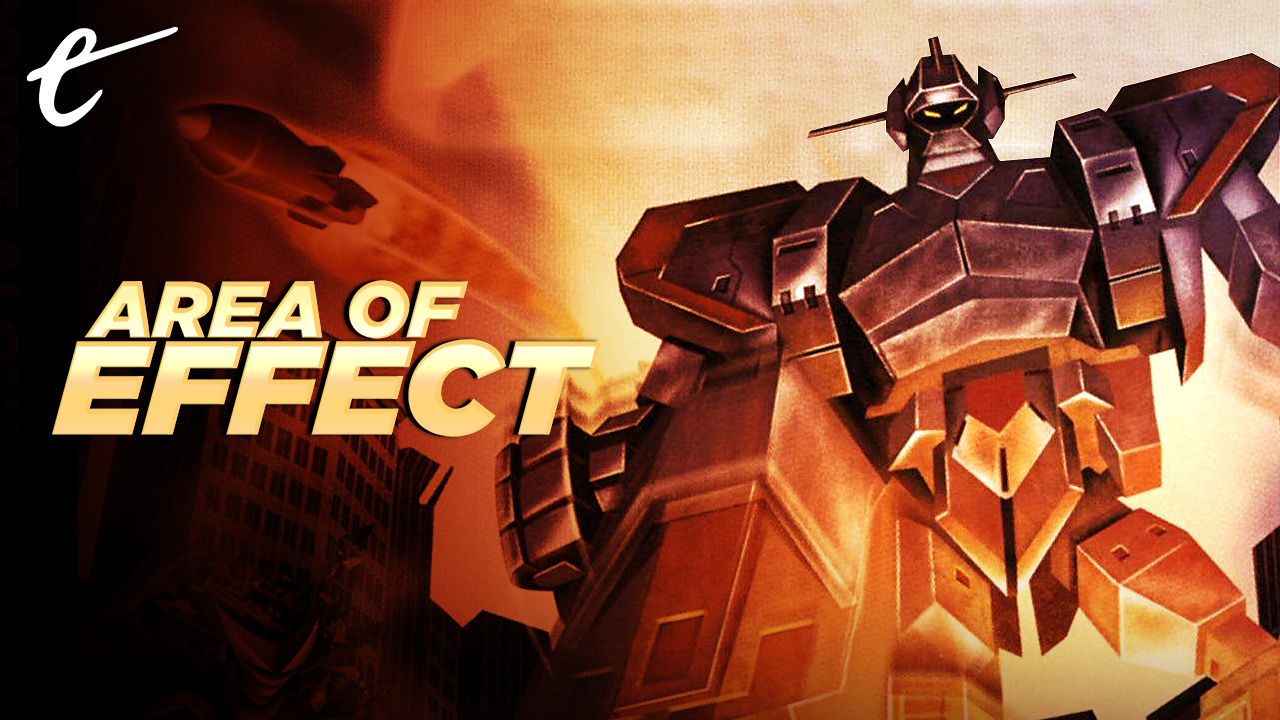

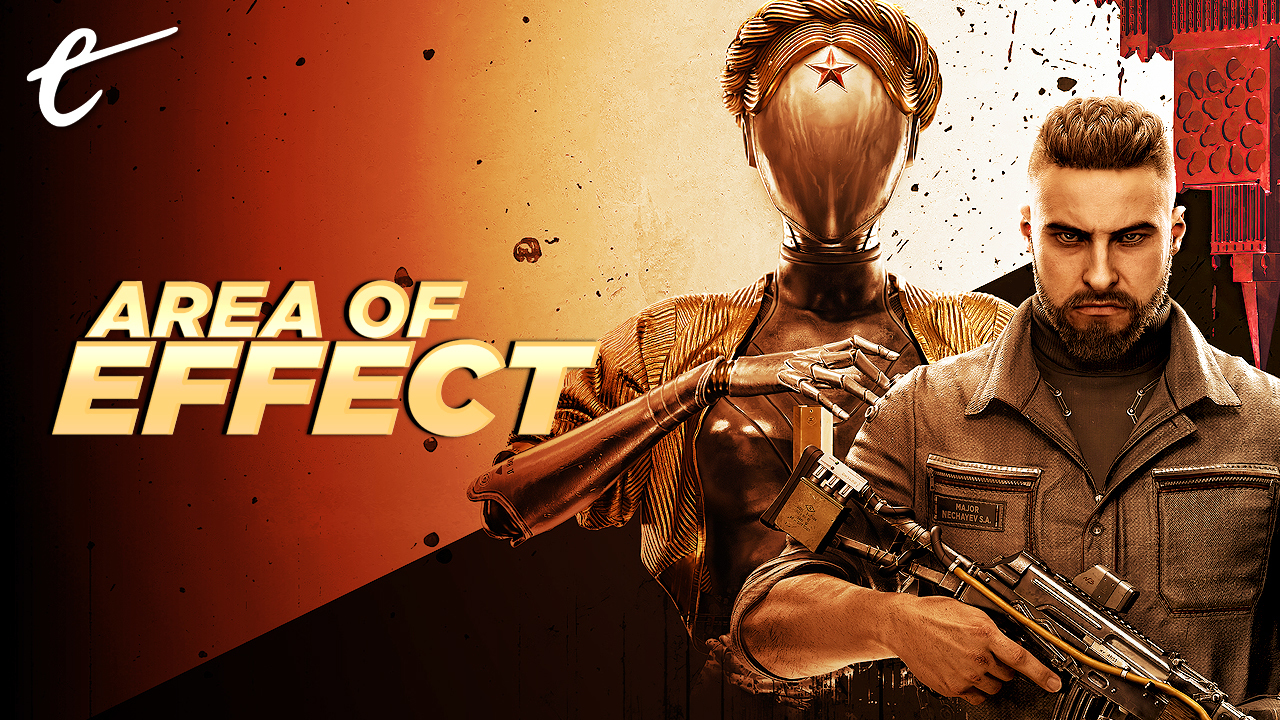

Published: Jun 22, 2021 11:00 am